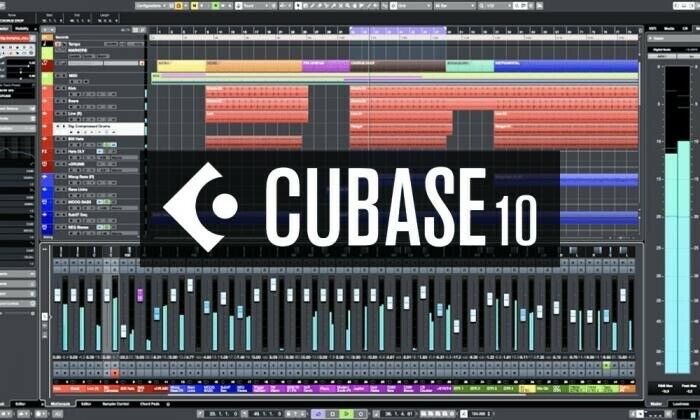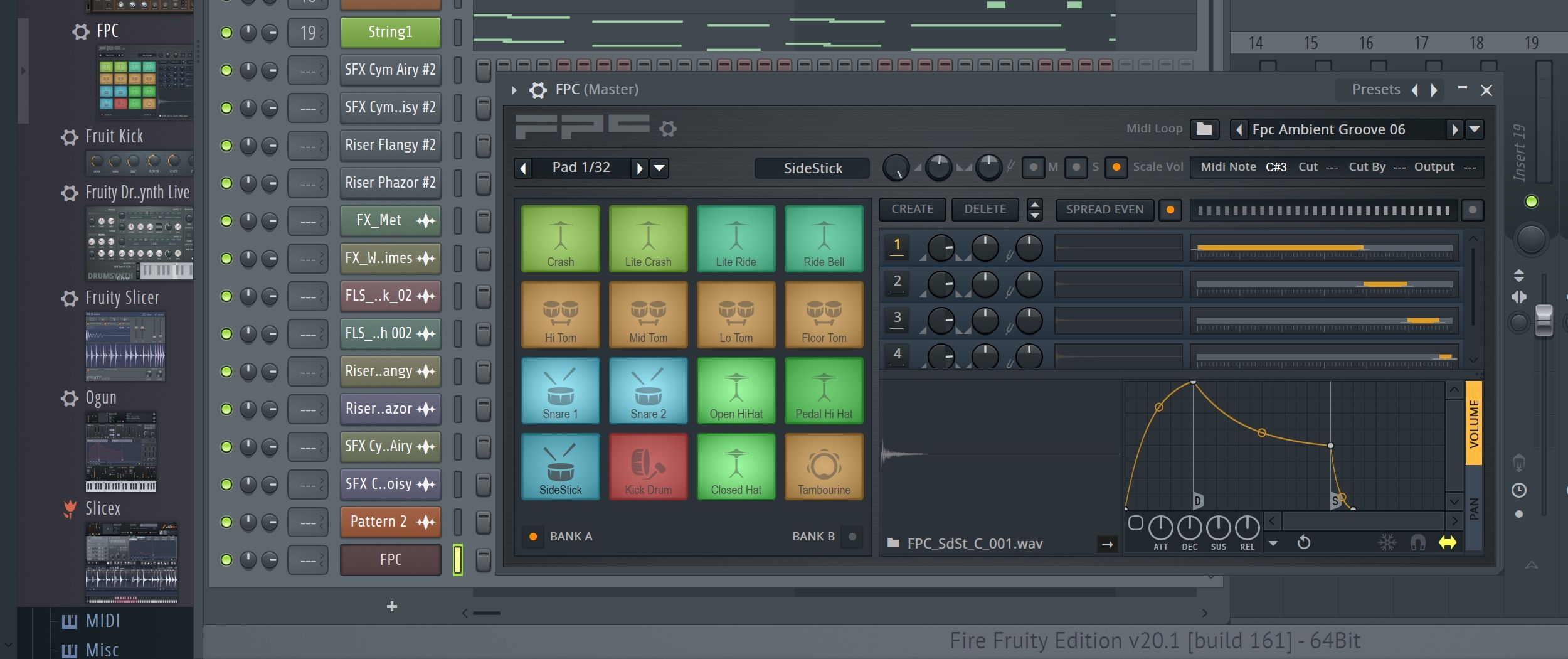While you can have an appropriate set of skills, without a good toolkit, you won't be as efficient as you could. Learn how to configure your development environment.
- Anypoint Studio 7.3.2 Download
- Anypoint Studio Download
- Download
- Download Anypoint Studio Version 7.6
- Anypoint Studio Install
Join the DZone community and get the full member experience.
This Mac download was scanned by our built-in antivirus and was rated as malware free. From the developer: AnypointStudio offers a single graphical design environment for Anypoint Platform. The program accelerates the developer's productivity with a single graphical environment for SOA, SaaS, APIs, and data integration, then it lets you deploy.
- SAS Studio is a great tool for learning and practicing SAS. Installing this software might be very difficult for those who aren't familiar with setting up a virtual machine. In this article, we will show you step-by-step on how to download and install SAS Studio.
- This Tutorial video will provide you complete guide for downloading and startup the Anypoint Studio.
what is the most important thing that a mule developer needs? i think that a well-configured ide is the answer. while you can have an appropriate set of skills, without a good toolkit, you won't be as efficient as you could. in this article, i explain how i configure my development environment. i hope that you will enjoy it!
if you have some interesting tips feel free to post them in a comment below.
checklist
- java jdk 8
- git / svn
- tortoisegit / tortoisesvn
- maven
- soap ui
- postman
- anypoint studio
environment
i work on a day-to-day basis on windows os; however, you can apply tips on linux, as well. the only one exception here is tortoise apps. tortoisegit and tortoisesvn are only available for windows os while they are designed to integrate with windows explorer.
around anypoint studio
java
in order to work with anypoint studio. java jdk 8 should be installed. either path to java should be specified in the path system variable or in anypoint studio configuration.
version control

i have never met a developer who did not use any versioning control system. the most popular are git and svn. i use for most of the projects git versioning system. each application that i am describing or building on this article is published on github.
dependency management
anypoint studio has an already-bundled maven installation. i prefer to have my own maven installation, as i know where it is installed and i can connect to the same maven repository from different ides.
/article/2010/01/27/161313-500x_appletablethands83.jpg?lossy)
testing toolkit
since we write restful and/or soap web services, we need a toolkit that allows us to test them. i use standalone postman for rest calls. i much appreciate the possibility to synchronize content between devices and share requests with the team. with soap web services, i use soap ui. it is a software that accepts wsdl file definition and generates sample requests. i also like that tool for mock features. i am able, just based on wsdl files, to test the service without actually calling a real implementation.
anypoint studio
when we have java, versioning control software, and maven installed, we may set up anypoint studio. first, you need to unzip the file that you have downloaded. start the application and select your default workspace.
runtime
mule esb is delivered as a community edition and an enterprise edition. if you do not have a license, you need to download the community edition, as studio is equipped by default only with the enterprise edition. in order to do it, perform these steps:
- go to help > install new software..
- select mule runtimes for anypoint studio in work with .
- next, extend anypoint studio community runtimes.
- select desired version like mule esb server runtime 3.9.0 ce .
- proceed with installation.
useful plugins
by default, anypoint studio only supports maven for mule applications. however, there are times when you would like to import a java project that is maven-enabled. without an additional plugin, that would not be possible. in order to enable it, we need to install the m2elipse plugin.
- go to menu help > install new software..
- in the work with field, paste the url http://download.eclipse.org/technology/m2e/releases and press enter .
- after a while you should be able to pick m2e - maven integration for eclipse (includes incubating components) .
- proceed with installation, keeping default values. except, of course, for the page with license acceptance.
- restart anypoint studio.
- navigate to window > preferences .
- go to anypoint studio and then to maven.
- next to the maven installation home directory click browse.. and navigate to your private maven installation.
- click test maven configuration to verify if the selected maven installation is not corrupted.
- click the apply button.
- navigate to maven and then the installations position.
- click add button.
- select the maven installation directory and click finish .
- finally, click the apply button.
i assure you that it is a frequent scenario, when we develop both mule and java projects that are maven enabled.
as i mentioned it earlier git/svn systems are used in every projects. i do not like switching back and forth between my ide and windows explorer to perform git/svn operations on file system. i would prefer to do that directly from ide. we will install egit plugin.
- go to menu help > install new software..
- in the work with field, paste the url http://download.eclipse.org/egit/updates and press enter .
- after a while, you should be able to pick git integration for eclipse .
- proceed with installation, keeping default values.
- restart anypoint studio .
well done. you are now ready to develop mule and java applications in a single ide.
this is all you need to know about setting up anypoint studio!
Published at DZone with permission of Patryk Bandurski, DZone MVB. See the original article here.
Opinions expressed by DZone contributors are their own.
- MuleSoft Tutorial
- MuleSoft Useful Resources
- Selected Reading
In the previous chapters, we have learnt the basics of Mule ESB. In this chapter, let us learn how to install and configure it.
Prerequisites
We need to satisfy the following prerequisites before installing Mule on our computer −
Java Development Kit (JDK)
Before installing MULE, verify that you have supported version of Java on your system. JDK 1.8.0 is recommended to successfully install Mule on your system.
Operating System
Following operating systems are supported by Mule −
- MacOS 10.11.x
- HP-UX 11iV3
- AIX 7.2
- Windows 2016 Server
- Windows 2012 R2 Server
- Windows 10
- Windows 8.1
- Solaris 11.3
- RHEL 7
- Ubuntu Server 18.04
- Linux Kernel 3.13+
Database
An application server or database is not required as the Mule Runtime runs as a standalone server. But if we need to access a data store or want to use an application server, following supported application servers or databases can be used −
- Oracle 11g
- Oracle 12c
- MySQL 5.5+
- IBM DB2 10
- PostgreSQL 9
- Derby 10
- Microsoft SQL Server 2014

System Requirements
Before installing Mule on your system, it must fulfil the following system requirements −
- At least 2 GHz CPU or 1 Virtual CPU in virtualized environments
- Minimum 1 GB RAM
- Minimum 4 GB storage
Download Mule
How to download older os for mac. To download Mule 4 binary file, click on the link https://www.mulesoft.com/lp/dl/mule-esb-enterprise and it will lead you to the official web page of MuleSoft as follows −
By providing the necessary details, you can get the Mule 4 binary file in Zip format.
Install and Run Mule
Anypoint Studio 7.3.2 Download
Now after downloading the Mule 4 binary file, unzip it and set an environment variable called MULE_HOME for the Mule directory inside the extracted folder.
For example, the environment variable, on Windows and Linux/Unix environments, can be set for version 4.1.5 in the Downloads directory as follows −
Windows Environments
Unix/Linux Environments
Now, for testing whether Mule is running in your system without any error, use the following commands −
Windows Environments
Unix/Linux Environments
The above commands will run Mule in the foreground mode. If Mule is running, we cannot issue any other commands on the terminal. Pressing ctrl-c command in the terminal, will stop Mule.
Start Mule Services
We can start Mule as a Windows Service and as a Linux/Unix Daemon also.
Mule as a Windows Service
To run Mule as a Windows service, we need to follow the below steps −
Step 1 − First, install it with the help of following command −
Step 2 − Once installed, we can run mule as a Windows service with the help of the following command:
Mule as a Linux/Unix Daemon
To run Mule as a Linux/Unix Daemon, we need to follow the below steps −
Anypoint Studio Download
Step 1 − Install it with the help of the following command −
Step 2 − Once installed, we can run mule as a Windows service with the help of following command −
Example
The following example starts Mule as a Unix Daemon −
Deploy Mule Apps
Download
We can deploy our Mule apps with the help of following steps −
Step 1 − First, start Mule.
Step 2 − Once Mule starts, we can deploy our Mule applications by moving our JAR package files to the apps directory in $MULE_HOME.
Download Anypoint Studio Version 7.6
Stop Mule Services
We can use stop command to stop Mule. For example, the following example starts Mule as a Unix Daemon −
Anypoint Studio Install
We can also use remove command to remove the Mule Service or Daemon from our system. The following example removes Mule as a Unix Daemon −